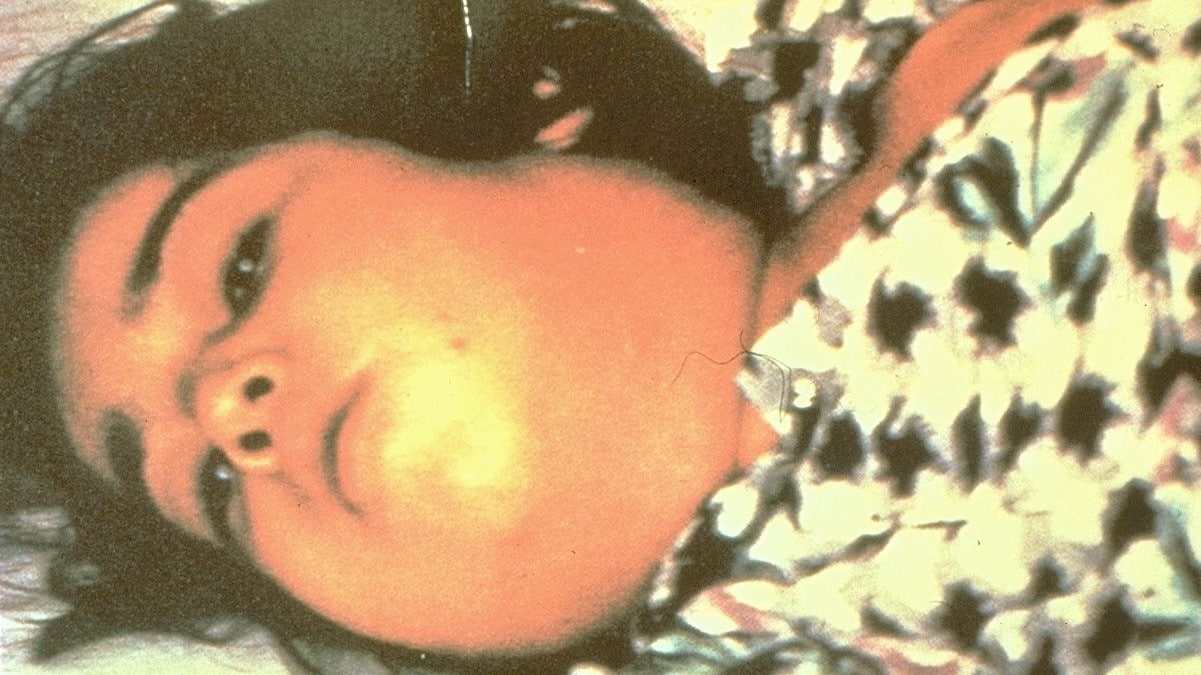Key points
- Diphtheria is an acute disease caused by toxin-producing strains of Corynebacterium diphtheriae.
- Diphtheria is very rare in the United States and usually associated with international travel.
- Prophylaxis and vaccination are recommended to prevent diphtheria.
- Follow CDC’s immunization schedule to ensure your patients are protected from diphtheria.

Cause

C. diphtheriae is an aerobic gram-positive bacillus.
Toxigenic C. diphtheriae
Some C. diphtheriae are toxigenic, meaning they produce a toxin. To be toxigenic, two criteria must be met.
First, C. diphtheriae must be lysogenized (infected) with a bacteriophage (a specific virus that infects bacteria) that carries the diphtheria tox gene. Or C. diphtheriae can come from a strain that was previously infected by this type of bacteriophage.
Second, the tox gene must be expressed (read by) the C. diphtheriae so that they synthesize (produce) diphtheria toxin.
Nontoxigenic C. diphtheriae
Illness caused by non-toxin-producing strains isn't called diphtheria. Non-toxin-producing strains are those that don't have the tox gene or don't express the tox gene when they have it.
These illnesses are less likely to become severe. They can cause a mild sore throat and, rarely, a membranous pharyngitis. Invasive disease, including bacteremia and endocarditis, have been reported. However, because these strains don't produce toxin, treatment with diphtheria antitoxin (DAT) isn't helpful to treat these infections.
This page doesn't address infections caused by non-toxin-producing C. diphtheriae.
Risk factors
International travel
The likelihood of a patient having diphtheria is extremely low unless they've traveled internationally.
Consider testing for other pathogens if there's no history of travel outside of the United States.
Close contact
Close contacts of case patients are at risk for diphtheria. Close contacts of diphtheria patients include:
- All household members
- People with a history of habitual, close contact
- People directly exposed to secretions from the infection site
How it spreads
Transmission is most often person-to-person spread from the respiratory tract via respiratory droplets. Direct contact with infected sores or ulcers may also occur, particularly between people with frequent, close contact.
Rarely, fomite transmission may occur from skin lesions or articles soiled with discharge from lesions of infected persons.
Clinical features
Diphtheria has clinical features that can be confused with other infections.
Prevention
Prophylaxis and vaccination are two strategies to help prevent diphtheria.
Prophylaxis
CDC recommends prophylaxis for close contacts of diphtheria patients, regardless of vaccination status.
Vaccination
CDC recommends diphtheria vaccination for people of all ages.
Testing, diagnosis, and treatment
Prompt diagnosis and treatment are important due to the high risk of severe morbidity and mortality.
Surveillance and trends
Diphtheria is an uncommon but reportable condition in the United States.
